How to engage the under-35s
Engaging the under-35s is seen as the key to long-term success for journalism, but this can put a lot of pressure on publishers. To keep up with ever-changing technology trends publishers often have to make risky investments.
As we see Generation Z maturing and year 2000 babies becoming adults, this debate must once again be explored. In a world of TikTok and Clubhouse, of free news and fake news, how can publishers engage the under-35s?
Building habits from a young age
Newspapers for kids are a traditional tool. As the original tool for youth engagement, they offer early teens access to the news in a way suitable to them. They also play a crucial role in developing habit formation from a young age.
My own adventure into the world of news media began with a weekly subscription to my beloved UK-based First News. With a readership of over 2 million a week, the UK-based independent publisher is a beacon of light in a difficult market.
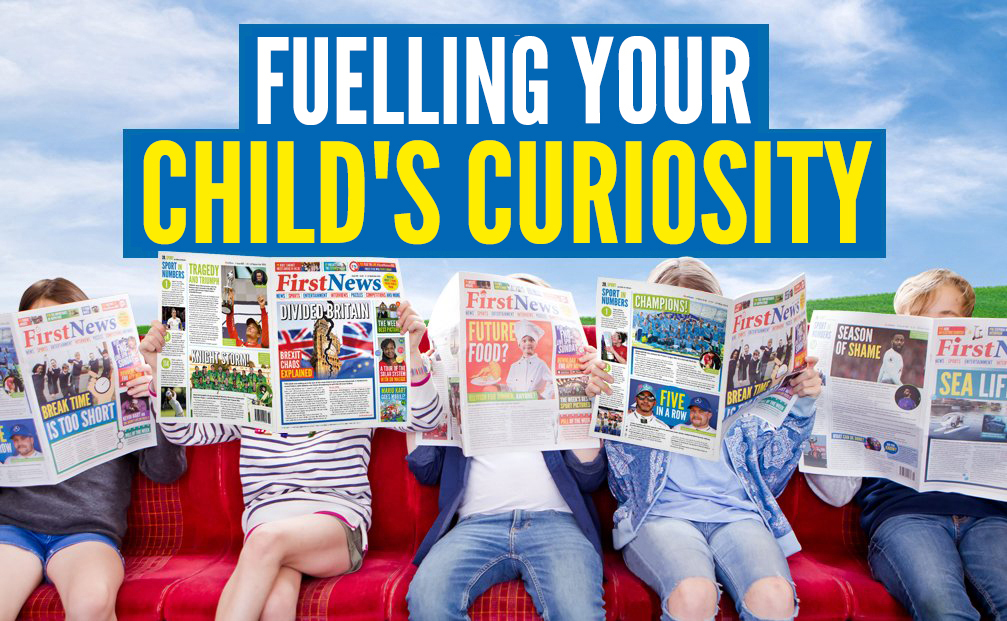
The concept of children’s newspapers is designed to help children become used to the habit of consuming news and dealing with complex issues in a simple way. First News’ raison d’être focuses on dealing with this, stating:
“Children talk, and a simple misunderstanding about the meaning of a word or snippet of information overheard in the kitchen can become distorted and then relayed around the playground by lunchtime”
First News
Over the course of the COVID19 pandemic, we have seen publishers tailor their products to serve the out-of-education youth. In the USA, TIME put their school-based publication Time for Kids onto a digital platform. In doing so, Time offered a Free Digital Library to those affected by school closures. Following the success of the engagement with its’ new digital edition, TIME for Kids re-introduced its’ paywall. This has generated over 75,000 digital subscribers in its’ first four months.
In Europe, le JDE has been a news publication for children for over 35 years. Its’ success has seen it adapt to society throughout its’ history. This has included developing a website, Facebook page, and most recently a Digital Edition built on Twipe’s NextGen technology.
Whilst these youth-focused newspapers are a great way to encourage news formation habits in the youngest in society, there still remains a significant chunk of the under-35s unaddressed. For the young, it is mostly the parents that pay for subscriptions, but would the older chunk of the generation want to pay? Apparently, they do!
Generation Subscription
A report released last year by the WEF brings good news. The report, entitled “Understanding Value in Media” found that young people, aged 16-34, are most likely to pay for content. In fact, this generation are on average twice as likely to pay for content than those aged 55 and over. This is promising in an industry where reader revenues is a focus.
When digging deeper into why young people are more likely to pay for their news, it is worth exploring their subscription habits. Growing up with services such as Netflix and Spotify, young people are used to paying for their content. For many, a newspaper is no different. The USA saw what Reuters coined The Trump Bump in 2017. The proportion of those who paid for news aged 18-24 jumped from 4% in 2016 to 18% in 2017.
Publishers in the UK have looked to maximise this potential by offering a range of products aimed at this market.
As a student in the UK, I benefited from the Times’ student offer, for a discounted digital subscription. The perks of the Times’ strategy involved not just digital edition access but also various offers. These include discounted cinema tickets, sports highlights and exclusive offers. The importance of extra benefits is an area that is particularly powerful for the younger generations.
The Financial Times offers various subscriptions for the younger generations as well. One of these includes free subscriptions for 16–19-year-olds across the globe. Caspar De Bono, B2B managing director explains this offer as “a bridge between what students learn in the classroom and what’s going on in the real world”.
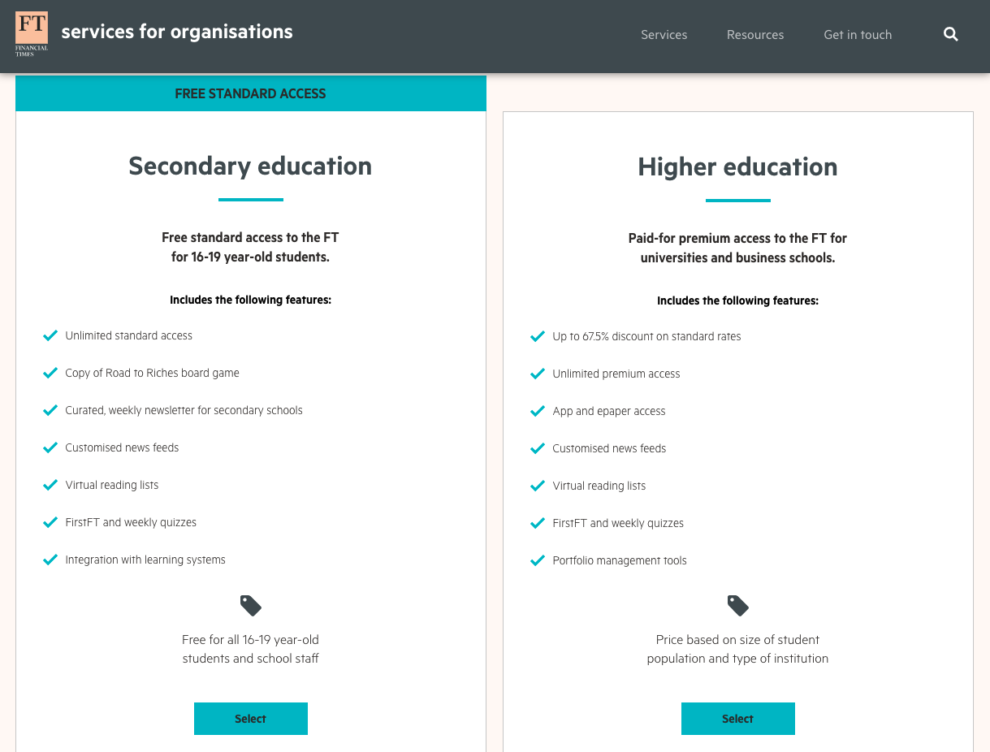
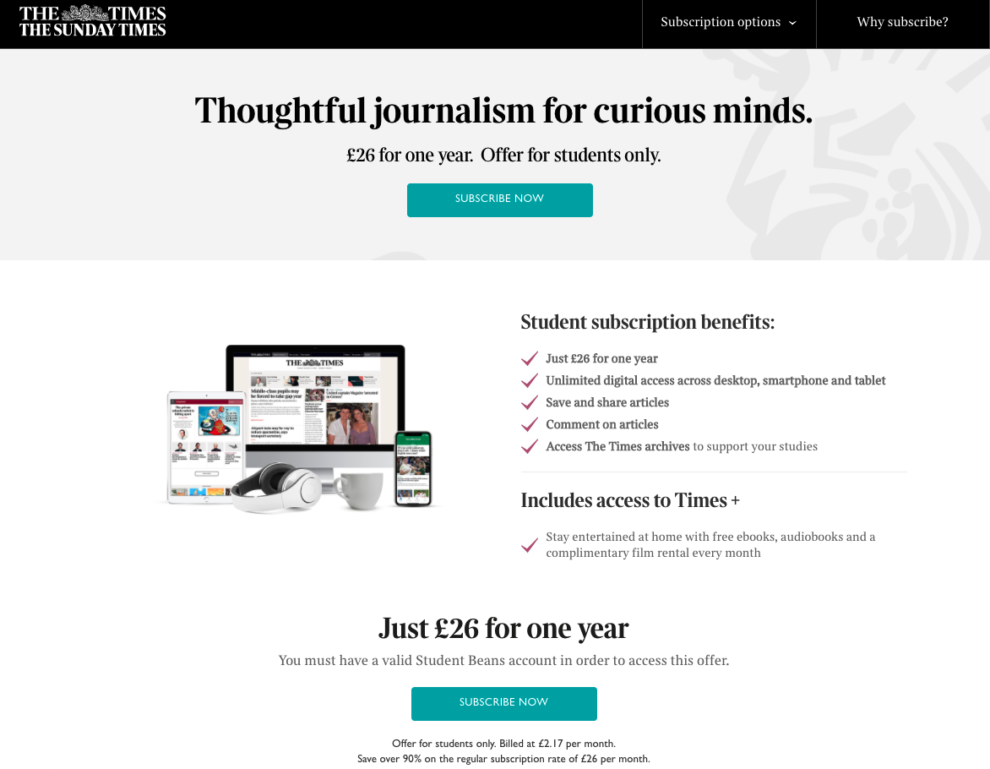
Whilst these subscriptions ultimately are part of a longer-term game of converting students into subscribers, the power of subscriptions and offers for the younger generations remains an effective strategy for engaging the under 35. It sure worked for me.
Reaching the youth on the platforms they use
In a bid to stay current, publishers have joined various social media platforms. It was recently found that a third of 18-24 year-olds cite social media as their main news source. Following the rise of Facebook and Twitter in the mid-2000’s, the social media platforms of choice for the current under-35s are TikTok and Snapchat.
Whilst TikTok has received both plaudits and Presidential put-downs, it is still one of the hot platforms of the minute. As explored in our News Publisher’s Guide to TikTok, The Washington Post was one of the first legacy publishers to experiment with the platform. The Washington Post are still one of the leading publishers on the platform with over 910,000 followers and 36.6 million likes.
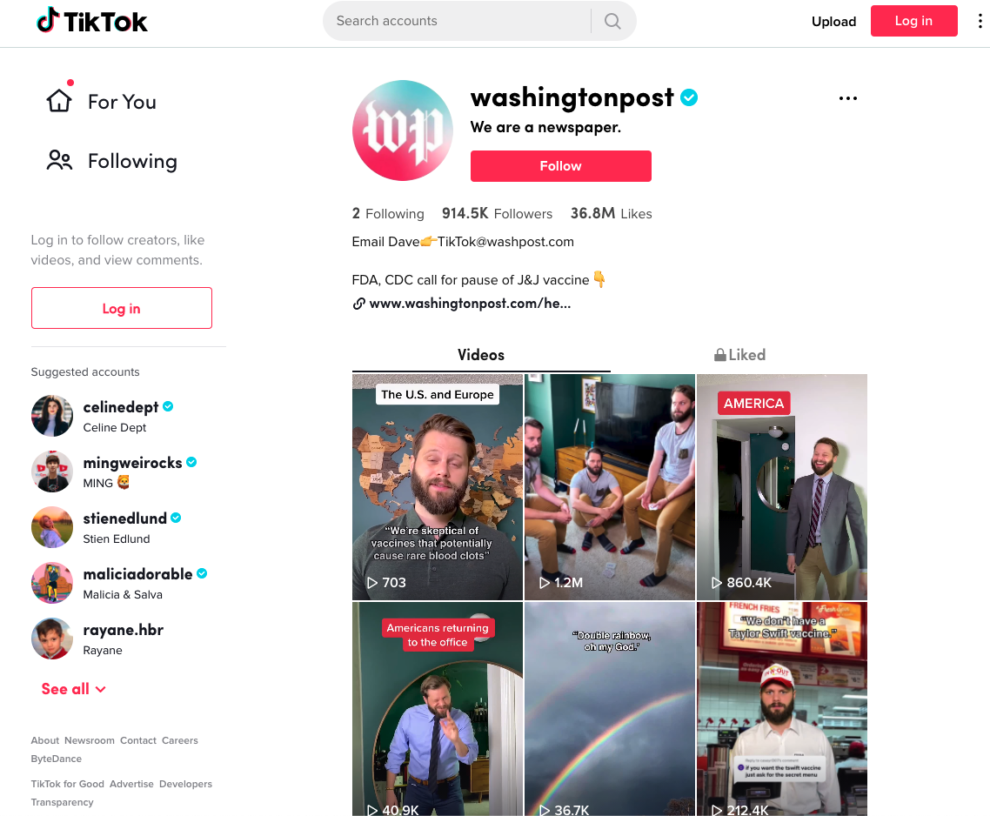
TikTok has helped them to rebuild trust in the news media by exposing young people to the human side of journalism. With over 6 billion lifetime downloads and an estimated revenue of over $1 billion, we are curious about what this interesting platform can continue to bring to publishers.
Snapchat is a slightly older but just as popular platform news publishers have joined. Reuters prediction for 2019 foresaw stories as being the future. In the UK, The Sun and Daily Mail dominate the platform through the Stories section where the latest popular culture stories are shared.
The Economist have fully embraced snapchat. Through daily dives into topics, they have seen 7.1 million visitors a month. According to their very own Snapchat Editor Lucy Rohr:
“Snapchat Discover has led to the single biggest step change in our readership since we were founded in 1843 – it’s extremely exciting for us to be put in front of an audience this age.”
Lucy Rohr, The Economist
Other publishers have attempted to create their own platforms to engage readers. In 2015, Le Monde attempted to engage younger audiences through their app “La Matinale”. The app uses innovative Tinder-like swiping to build a reading list from the article stories in the edition.
One platform-come-publisher worth keeping an eye on is Brut.
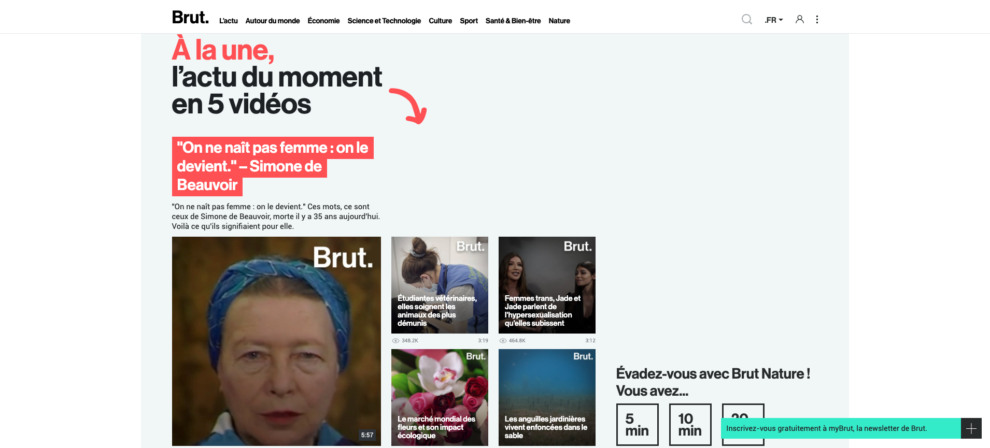
Brut was founded by former members of the Canal+ empire and saw 20-billion views on its’ platform in 2020. The platform aims to provide easily accessible and translatable news videos. Brut are currently the most watched online publisher in Europe, outstripping the BBC’s online presence and are one to watch.
Youngsters appreciate the “newspaper feeling” in digital
Whilst exploring other platforms could provide new engagement, there is hope for publishers who dare to keep it simple.
The Centre for International Media Assistance recently found that 61% of young people access the news through their smartphone. This combined with the fact that young people are now more willing than ever to pay for news, investing in your digital edition is a great next step for growth.
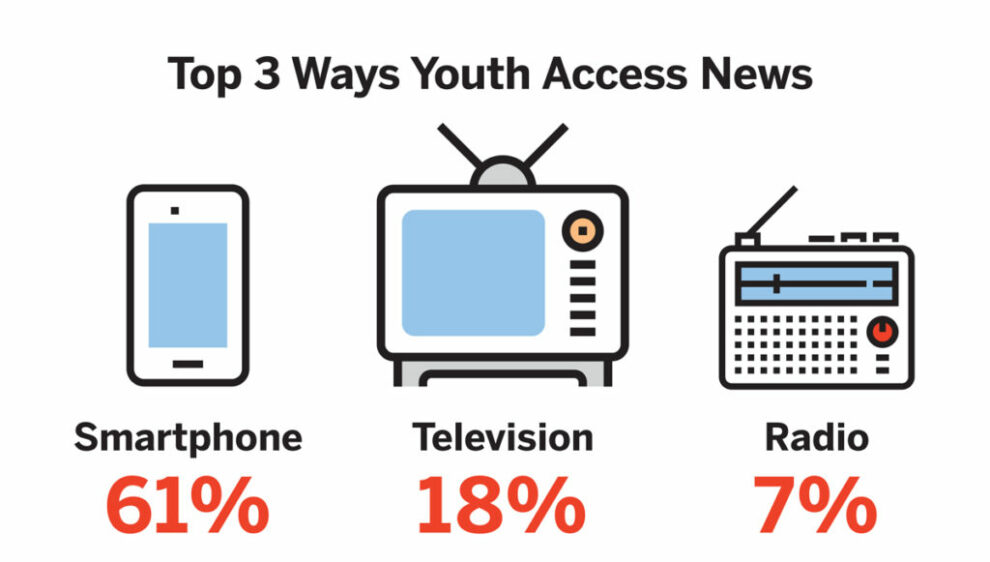
In Germany, we have already seen this trend sparking interest amongst the younger generation. The “Zeitungsqualitäten 2021” study discovered that of those that read newspapers, 57% of 14–29-year-olds use digital editions over print newspapers. Reasons for choosing the digital edition over print included easier functions to save interesting articles, greater practicality and easier navigation. On top of this, many youngsters appreciated the “newspaper feeling” an ePaper provides as opposed to a website.
This is an interesting trend as newspapers are starting to be seen as a “retro product”. Back in 2011, Poynter recognised newspapers as the “new vinyl“. What are your thoughts on this?
Other Blog Posts

Stay on top of the game
Join our community of industry leaders. Get insights, best practices, case studies, and access to our events.
"(Required)" indicates required fields


